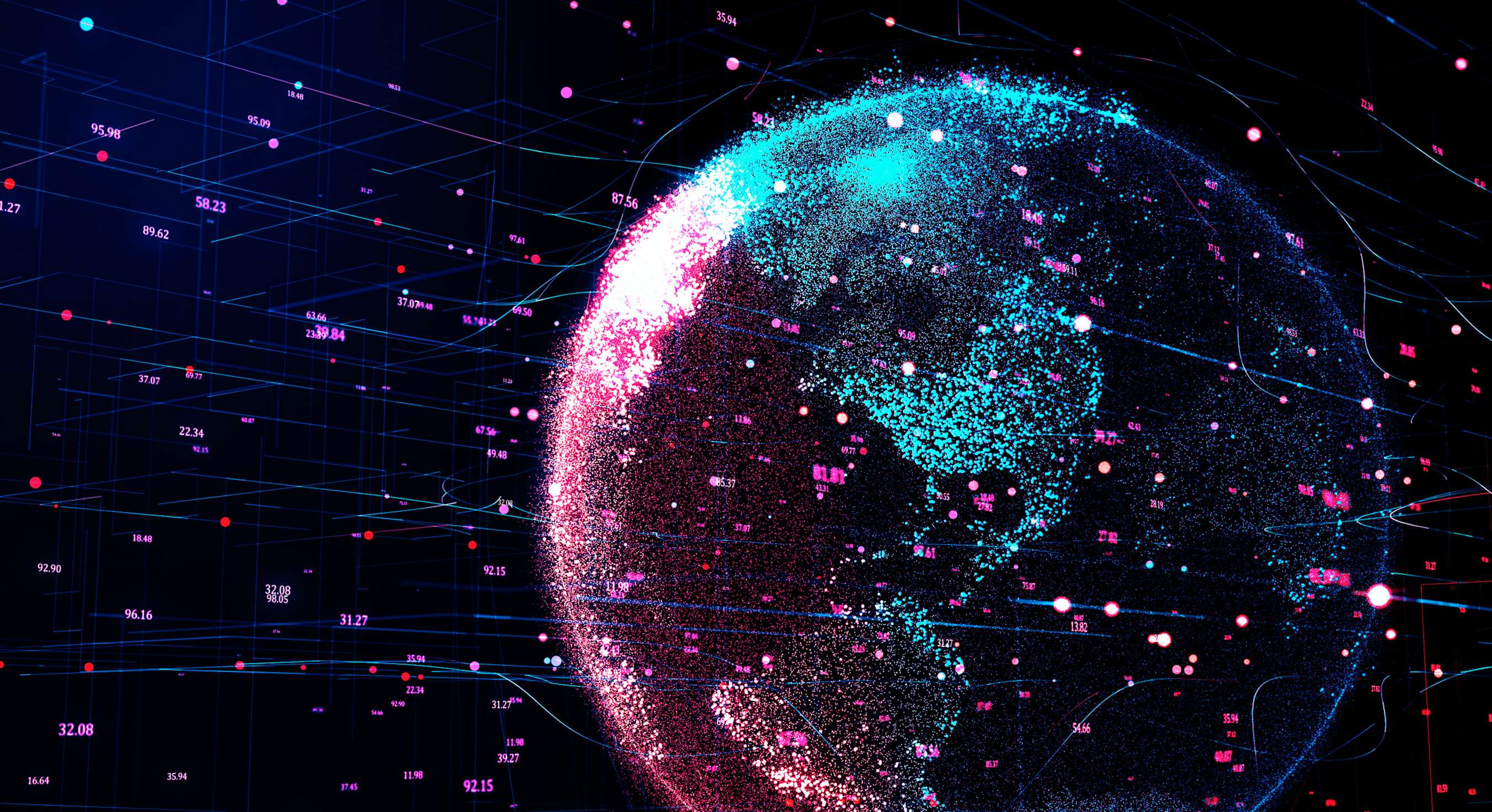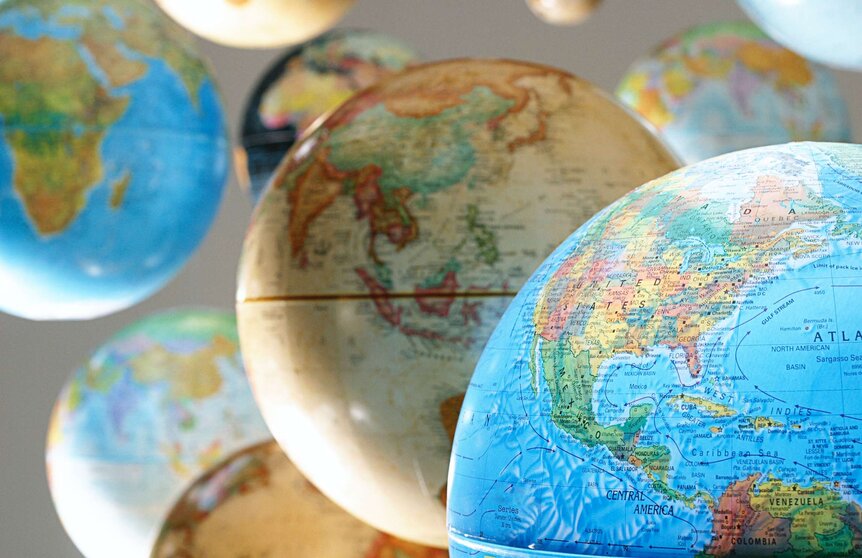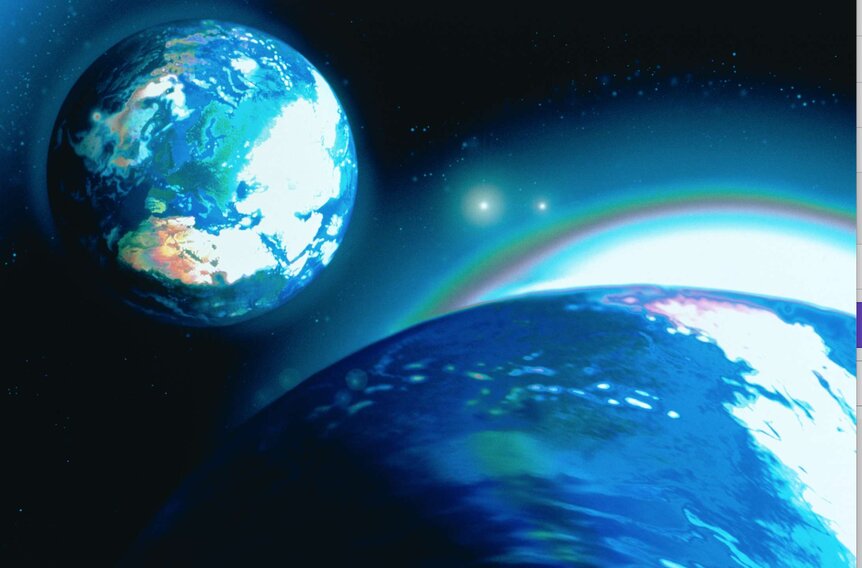Create a free profile to get unlimited access to exclusive videos, sweepstakes, and more!
Scientists creating Earth's digital twin for extreme climate event projections

In a type of pixelated cloning project meant to act as an experimental model for Earth's climatic fluctuations, computer scientists at ETH Zurich are attempting to create a detailed digital twin of our Big Blue Marble.
According to a new study in Nature Computational Science, the aim here is for this duplicate planet to be used as a sounding board to simulate and project out Earth's future environmental issues before they occur. This safeguard data could aid researchers and policymakers by giving them a more accurate heads-up to predict hazardous climate changes and their harmful consequences.
Springing out of the goal to become climate neutral by 2050, the European Union has recently spearheaded a pair of forward-thinking green initiative programs called "Green Deal" and "DigitalStrategy."
Part of this endeavor will be the "Destination Earth" initiative beginning in mid-2021, where international climate scientists and computer scientists will join forces for a ten-year study employing an evolving digital model of Earth that will map extreme climate events unfolding in space and time.
"If you are planning a two-metre high dike in The Netherlands, for example, I can run through the data in my digital twin and check whether the dike will in all likelihood still protect against expected extreme events in 2050," says Peter Bauer, deputy director for Research at the European Centre for Medium-Range Weather Forecasts (ECMWF) and co-initiator of Destination Earth.
To keep the digital twin up-to-date and relevant, observational data will be constantly fed into the simulation. Additionally, this observation info traditionally used for basic weather and climate simulations will be matched with new findings relating to human-related activities.
This includes, but is not limited to, the influence of humankind on water, food, and energy management, and the natural processes in Earth's ecosystem. Another key benefit of the digital Earth model will be to enact better planning strategies for our world's fresh water and food supplies, wind farms, and solar plants.
"Destination Earth" is a combined effort of the ECMWF, the European Space Agency (ESA), and the European Organisation for the Exploitation of Meteorological Satellites (EUMETSAT). Bauer and colleagues are heading up the climate science and meteorological angles of conjuring Earth's digital brother.
Their work will be blended with the braintrust of computer scientists from ETH Zurich and the Swiss National Supercomputing Centre (CSCS), most prominently the efforts of ETH professors Torsten Hoefler of the Institute for High Performance Computing Systems, and physicist Thomas Schulthess, Director of CSCS.
Currently, scientists believe supercomputers based on graphics processing units (GPU) seem to be the most promising option for the creation of their digital Earth. They estimate that running a full-scale digital twin, pairing hardware with advanced algorithms, would require a system harnessing approximately 20,000 GPUs and consuming nearly 20MW of total power.
Artificial intelligence (AI) will also factor into this new Earth modeling enterprise, as scientists intend on using it for data assimilation, the representation of uncertain physical processes, and data compression. Ultimately, AI allows researchers on the project to speed up simulations and filter out the most critical information from massive dumps of data.
















